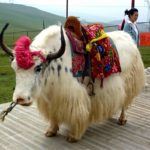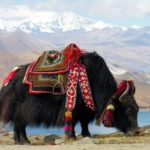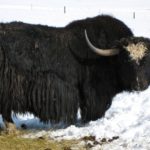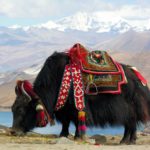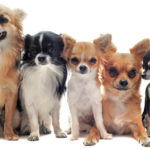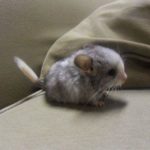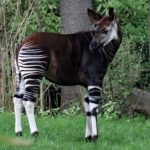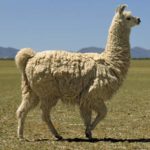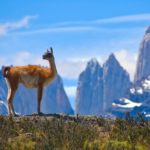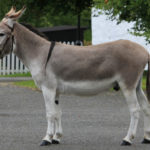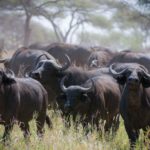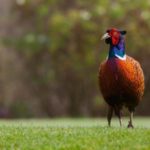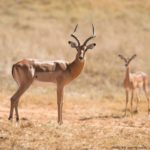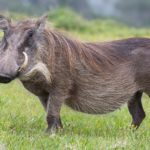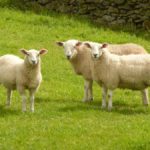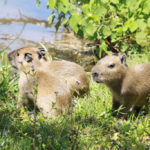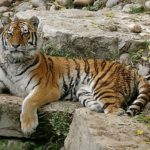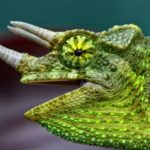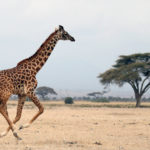Facts about Yaks
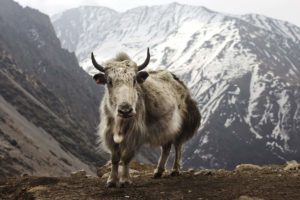 Yak is a large animal with a long body, relatively short legs, broad, round hooves and a heavy, low-set head. The height at the withers is up to 2 m, the mass of the old bulls is up to the tones. The length of the body of the old male is up to 4.25 m, of which 0.75 m is in the tail. Length of female up to 2.8 m, height 1.6 m, weight 325-360 kg.
Yak is a large animal with a long body, relatively short legs, broad, round hooves and a heavy, low-set head. The height at the withers is up to 2 m, the mass of the old bulls is up to the tones. The length of the body of the old male is up to 4.25 m, of which 0.75 m is in the tail. Length of female up to 2.8 m, height 1.6 m, weight 325-360 kg.
On the withers of the yak a small hump, which makes the back seem sloping. Horns in both sexes are long, but not thick, widely spaced, from the base pointing to the sides, and then bending forward-upward; their length is up to 95 cm, and the distance between the ends is 90 cm.
Yak has a long shaggy coat, which hangs down from the trunk and almost completely covers the legs. The coat is dark brown or grayish black everywhere, except for the muzzle, where white marks often occur. From the winter cold of the yak, a thick undermined undercoat protects, which in spring and summer falls out in large shreds. Yaks wool is widely used by Tibetans, and on animals it is often possible to see harness woven from their own hair.
If the coat is thick and even on most of the body, then the legs and sides and the belly are long and shaggy, forming a sort of continuous “skirt” almost reaching the ground. The tail is also covered with a long hard hair and resembles a horse. In the territory of Russia, yaks are found, in addition to zoos, in the agriculture of Tuva and some other territories bordering with Mongolia. In addition to Tibet, it is operated as a pack animal and beef.
Even in the first millennium BC yak is domesticated by man. Homemade yaks are smaller and more phlegmatic than wild ones, among them are often hipless individuals, the color is very variable. They use yak in Tibet and other parts of Central Asia, Mongolia, Tuva, Altai, Pamir and Tien Shan. Yak – an indispensable beast of burden in the highlands.
He gives excellent milk, meat and wool, not requiring care. The domestic yak is crossed with cows, and the received haynaks (Mongolian haynag) are very convenient as draft animals. They are characterized by less endurance, but also smaller size and more humble disposition.

